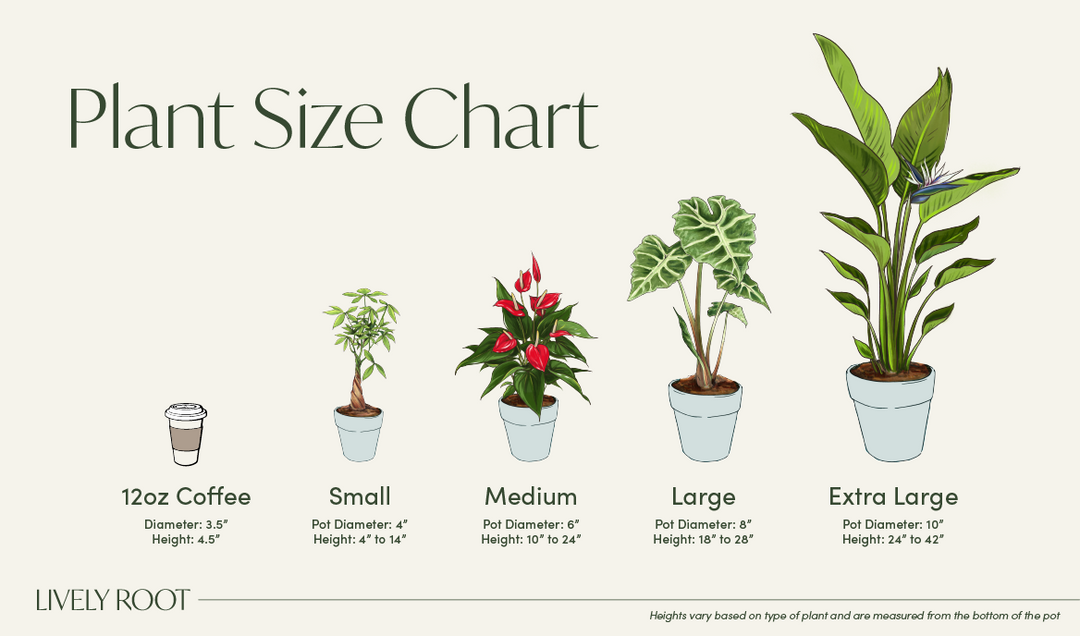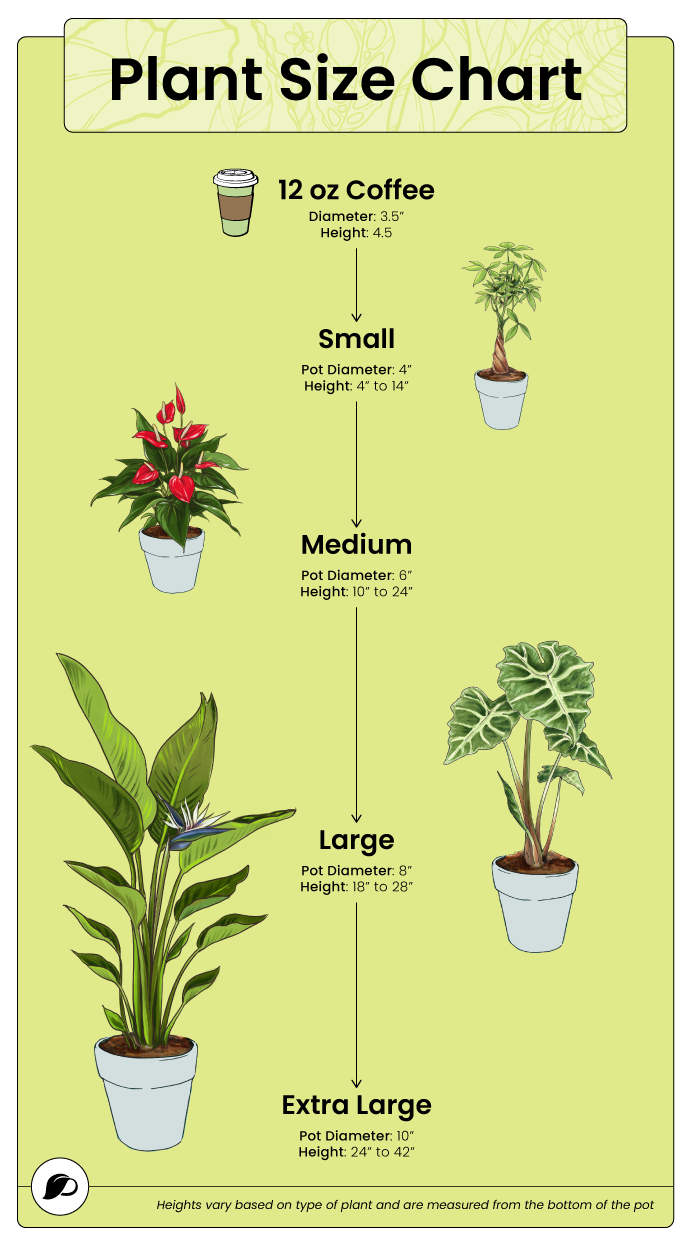This philodendron prefers bright, indirect light. Direct sunlight can scorch the leaves, while too little light can result in poor growth and dull leaf coloration. It's well-suited to living in spots with filtered light or a few feet away from a south or west-facing window.
Philodendron Prince of Orange Care Guide & Insights

Prince of Orange Philodendron: Overview
The Prince of Orange Philodendron (Philodendron erubescens ‘Prince of Orange’) is a rare and stunning hybrid plant known for its vibrant orange new leaves that mature to a rich green. This tropical plant belongs to the Araceae family and is native to Central and South America. It thrives in USDA hardiness zones 9-11 and prefers bright, indirect light, making it a perfect indoor plant. The Prince of Orange is easy to care for - an ideal choice for beginners and experienced plant enthusiasts. Unfortunately, the Orange Philodendron should be kept away from pets, as the plant is toxic to ingest.
Symbolically, philodendrons represent health and abundance, making them a thoughtful gift.
Other philodendrons include the elegant Pink Princess Philodendron, known for its striking pink and green variegated leaves, and the Philodendron Vine (Lemon Lime) - a trailing variety with deep-lemon and lime-green leaves.
Philodendron Erubescens: Benefits
- It has strong air-purifying properties; hence, it improves indoor air quality.
- The rare and unique foliage color adds aesthetic value to any space
- It’s ideal for bedrooms and offices due to its versatile nature and air-filtering qualities
- It makes a great statement plant in living rooms
Philodendron Prince of Orange: Care Guide
Philodendron ‘Prince of Orange’ care is relatively easy if you meet your plant’s growing requirements.
Watering and Light
Water your Philodendron ‘Prince of Orange’ when the top inch of soil feels dry. Overwatering can lead to root rot, so ensure the pot has good drainage. This plant thrives in bright, indirect light but can tolerate lower light conditions. Avoid direct sunlight as it can scorch the leaves.
Temperature and Humidity
The ideal Orange Prince Philodendron temperature range is between 65-80°F (18-27°C). Philodendrons prefer higher humidity levels but can adapt to average indoor humidity. If the air in your home is dry, consider using a humidifier or placing the plant on a tray with water and pebbles to increase humidity.
Soil, Repotting, and Feeding
Use well-draining potting soil rich in organic matter to promote healthy growth. Repot your Philodendron Orange Prince every 1-2 years or when it outgrows its current pot. Feed it monthly during the growing season (spring and summer) with a balanced, water-soluble fertilizer.
Propagation and
Propagate your philodendron through stem cuttings. To do this, cut a stem with at least one node and place it in water or soil to root. You can also multiply your Philodendron erubescens ‘Prince of Orange through division in early spring. Carefully separate the plant's root ball and transplant the new plants into individual pots with fresh soil.
Pruning and Common Issues
Prune any yellow or damaged leaves to maintain your plant’s appearance and encourage new growth Yellowing leaves can indicate overwatering or nutrient deficiency. Ensure you're not overwatering, and consider adjusting your fertilization routine. Regularly clean the leaves with a damp cloth to remove dust and keep the plant looking vibrant. If you notice pests like spider mites or aphids, treat them promptly with insecticidal soap or neem oil.
Philodendron Orange Prince: Placement, Companion & Alternative Plants
Choosing the right location and companion plants for your Philodendron Orange Prince can enhance its beauty and ensure optimal growth. Here are some ideal placement suggestions and complementary and alternative plant options for you to consider.
Best Locations & Uses
- It is an ideal plant for bedrooms and offices as an air purifier, improving indoor air quality in personal and professional places.
- Its striking foliage makes it a distinctive gift for plant enthusiasts.
- As it is toxic to pets, it’s best suited for homes without animals.
- It thrives as a porch plant in regions with mild winters and warm summers.
- Its easy-care nature makes it an excellent choice for beginners.
Companion Plants
Complement your Philodendron ‘Prince of Orange’ with these stunning companion plants:
- ZZ Plant (Zamioculcas zamiifolia): The ZZ plant is a much-loved low-maintenance plant that will perfectly complement your Philodendron ‘Prince of Orange’.
- Spider Plant (Chlorophytum comosum): Known for its air-purifying qualities, the Spider Plant adds a touch of greenery and freshness to any indoor space.
- Zeylanica Snake Plant (Sansevieria trifasciata): With its striking, upright leaves, the Zeylanica Snake Plant contrasts beautifully with the Orange Philodendron and also purifies the air.
Alternative Plants
The following plants provide a safe and beautiful greenery option for homes with pets. Discover these pet-friendly alternatives available at Lively Root:
- Ponytail Palm (Beaucarnea recurvata): Known for its unique appearance with a bulbous trunk and cascading, ribbon-like leaves, the Ponytail Palm is safe for pets. It thrives in bright light and requires minimal watering, making it perfect for busy plant owners.
- Bromeliad Neoregelia (Neoregelia Bromeliad): With its vibrant and colorful foliage, the Bromeliad Neoregelia adds a tropical flair to any space. It is non-toxic to pets and prefers indirect light and occasional misting to maintain humidity.
- Calathea Concinna 'Freddie' (Calathea concinna 'Freddie): Recognized for its striking patterns and pet-safe characteristics, Calathea Concinna 'Freddie' is a low-light tolerant plant that requires regular watering to keep its soil consistently moist.
Order the Unique & Rare Prince of Orange Philodendron From LivelyRoot Today!
Bring home the vibrant Philodendron Prince of Orange today and add a splash of color and charm to your indoor oasis!
Customer Reviews
Follow us @livelyroot & show us your #livelyroot plants

